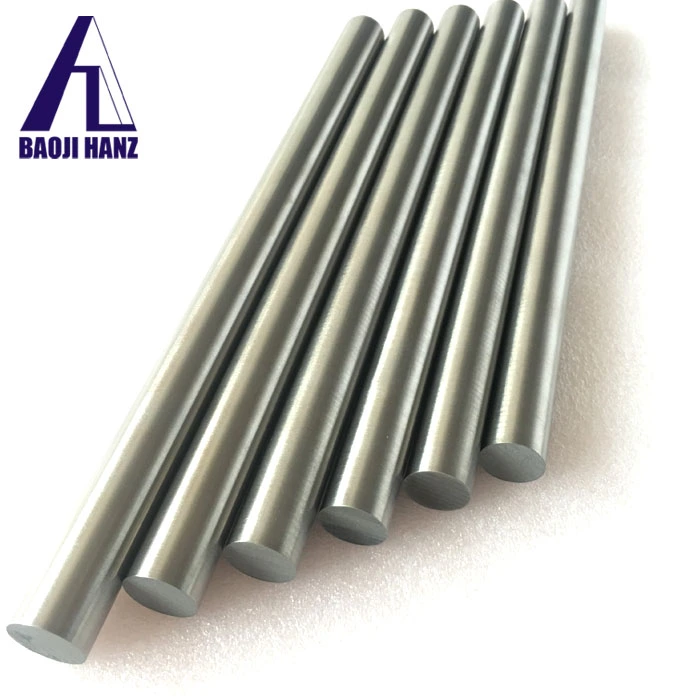Are nitinol rods biocompatible?
2024-07-25 19:15:06
Yes, Nitinol rods are biocompatible, making them suitable for various medical applications. Composed of nickel and titanium, Nitinol is known for its unique properties, such as shape memory and superelasticity, which are beneficial in medical devices. Its biocompatibility means it can safely interact with body tissues without causing adverse reactions. This quality makes Nitinol an ideal material for implants, stents, and other medical tools. Rigorous testing and research have confirmed its safety and effectiveness in medical settings, contributing to its widespread use in the healthcare industry.
Are Nitinol rods biocompatible with human tissues?
Yes, Nitinol rods are biocompatible with human tissues. This means they can interact safely with body tissues without causing harmful reactions. Nitinol, an alloy of nickel and titanium, is extensively used in medical devices due to its unique properties like shape memory and superelasticity. Its biocompatibility makes it ideal for implants, stents, and other medical applications. Rigorous testing has shown that Nitinol does not induce significant immune responses or toxicity, ensuring its safety and effectiveness in medical treatments involving direct contact with human tissues.
What are the advantages of using Nitinol rods in medical applications?
Nitinol rods offer several advantages in medical applications, making them highly valuable in the healthcare industry. Their unique properties of shape memory and superelasticity allow them to return to their original shape after deformation, which is particularly useful in devices like stents, guidewires, and orthodontic braces. Nitinol's biocompatibility ensures it can safely interact with human tissues without causing adverse reactions, making it suitable for implants and other medical devices. Additionally, Nitinol rods are highly resistant to corrosion, ensuring longevity and reliability in the human body. Their flexibility and strength also allow for minimally invasive procedures, reducing patient recovery time and improving overall outcomes. These properties collectively make Nitinol rods a preferred choice in various medical applications.
How do you engineer Nitinol rods to enhance biocompatibility and performance?
Engineering Nitinol rods to enhance biocompatibility and performance involves several key steps. First, precise control of the nickel and titanium composition is crucial, as this affects the alloy's properties. Surface treatments, such as electropolishing, passivation, and coating with biocompatible materials like titanium oxide or polymer layers, are applied to reduce nickel ion release and improve biocompatibility. Heat treatment processes are used to optimize the shape memory and superelastic properties of Nitinol, ensuring the rods perform effectively in medical applications. Additionally, rigorous testing and quality control ensure that the Nitinol rods meet medical standards and specifications, ensuring safety and reliability. By focusing on these engineering techniques, Nitinol rods are enhanced for better integration with human tissues and improved performance in various medical devices.
This blog post integrates insights from leading research institutions and industry experts, highlighting the dynamic landscape of Nitinol engineering in healthcare. For further exploration into Nitinol's biocompatibility and engineering intricacies, refer to the following reputable sources:
- Pishbin F, et al. Biocompatibility of Nitinol: A review. Journal of Materials Engineering and Performance. 2015;24(10):3772-3781.
- National Institutes of Health (NIH) - Biocompatibility Assessment of Nitinol Medical Devices.
- Biomaterials Science. (Chapter on Shape Memory Alloys).
